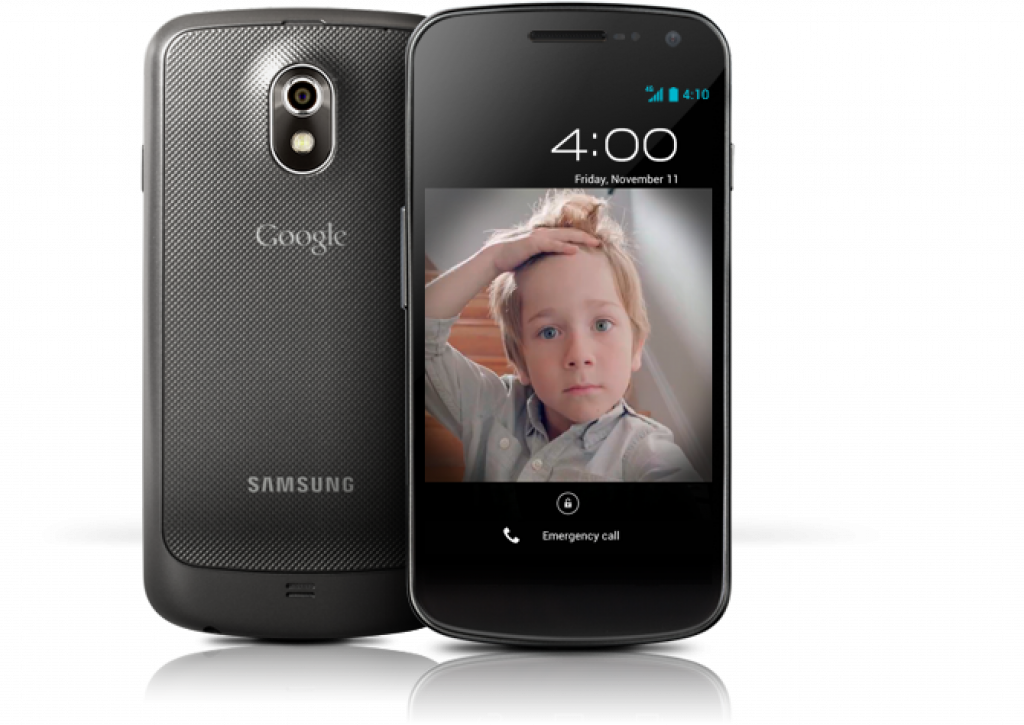I've discussed several times, in past news writeups, the facial recognition-based unlock capabilities built into Google's Android 4.0 "Ice Cream Sandwich". Reading others' reviews gives only a secondhand perspective on a technology or product; a personal hands-on analysis is the preferable approach. So it was that I recently was able to borrow a Google-branded, Samsung-developed Galaxy Nexus smartphone for a week, for testing purposes.
An upfront qualifier; although Google recently released the Android 4.1 "Jelly Bean" update for the Galaxy Nexus; my unit didn't receive it during the entirety of my review period, in spite of frequent update-available checks on my part over the timeframe. This may be because I was unable to activate the handset on AT&T. My AT&T-tailored iPhone 4 uses a microSIM while the Galaxy Nexus employs a full-size SIM. I wasn't able to get the Galaxy Nexus to directly recognize the microSIM, although others' commentary suggests that this should have been possible, and I didn't have a microSIM-to-SIM adapter handy.
It's possible that Android 4.1 may have made facial recognition algorithm improvements beyond the code that I tested. One thing I definitely know is that "Jelly Bean", by requiring "liveness" user blinking as part of the facial recognition unlock process (à la the Samsung Galaxy S II on Android 4.0) would preclude spoofing by a photograph. I was actually able to accomplish such a spoof, via humorous (at least to me) means. Since I had no print photos handy, I presented the Galaxy Nexus's front-facing camera with a photograph I'd previously taken of myself, displayed on my iPhone 4's LCD…and the Android handset summarily unlocked itself.
My results with my real-life visage were more hit-and-miss. Admittedly, Android 4.0 requires less upfront training than does RecognizeMe, which I'd tested on several iOS devices back in May. Its response was faster than that of RecognizeMe. And its recognition accuracy was better than RecognizeMe's, too…but only by a bit. I'd taken the original 'training' photograph of myself in well-illuminated conditions. And when I subsequently attempted to unlock the handset under similar ambient lighting, it worked pretty well, regardless of whether I had glasses on (I was wearing contact lenses in the original 'training' photo).
But in more dimly illuminated settings, or even when I held the handset at a slightly altered horizontal and/or vertical angle from that used when I took the original photograph, my unlock success rate dramatically plummeted. Thankfully, when you activate facial recognition unlock mode, you're required to also provide a finger-gesture unlock backup scheme, because I used the backup technique quite often. Facial recognition unlock is intriguing in concept. But accuracy (coupled, importantly, with very low false-positive results) will need to further improve, thereby reducing the "hassle" factor and compelling more widespread usage.
p.s…Speaking of Samsung, if you'd like to try to replicate the SmartStay face detection feature implemented on the manufacturer's latest Galaxy S III, try installing ISeeYou on your Android handset.


